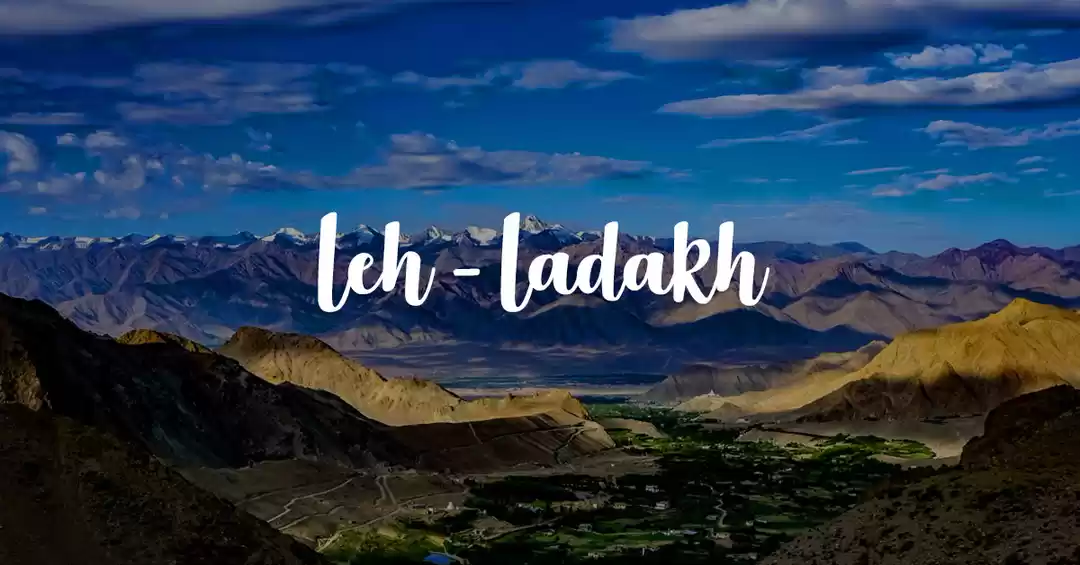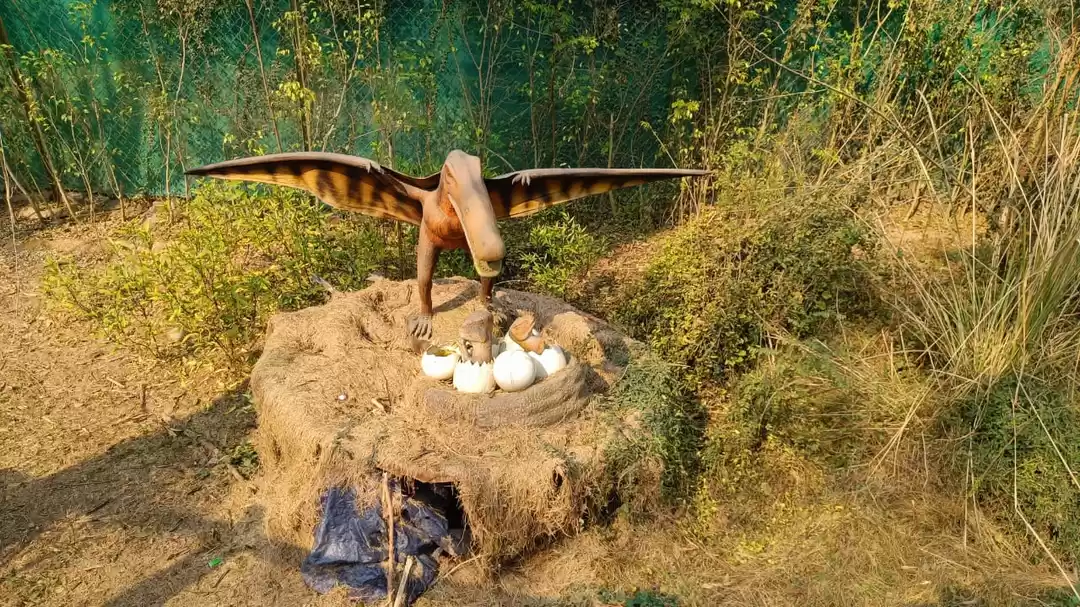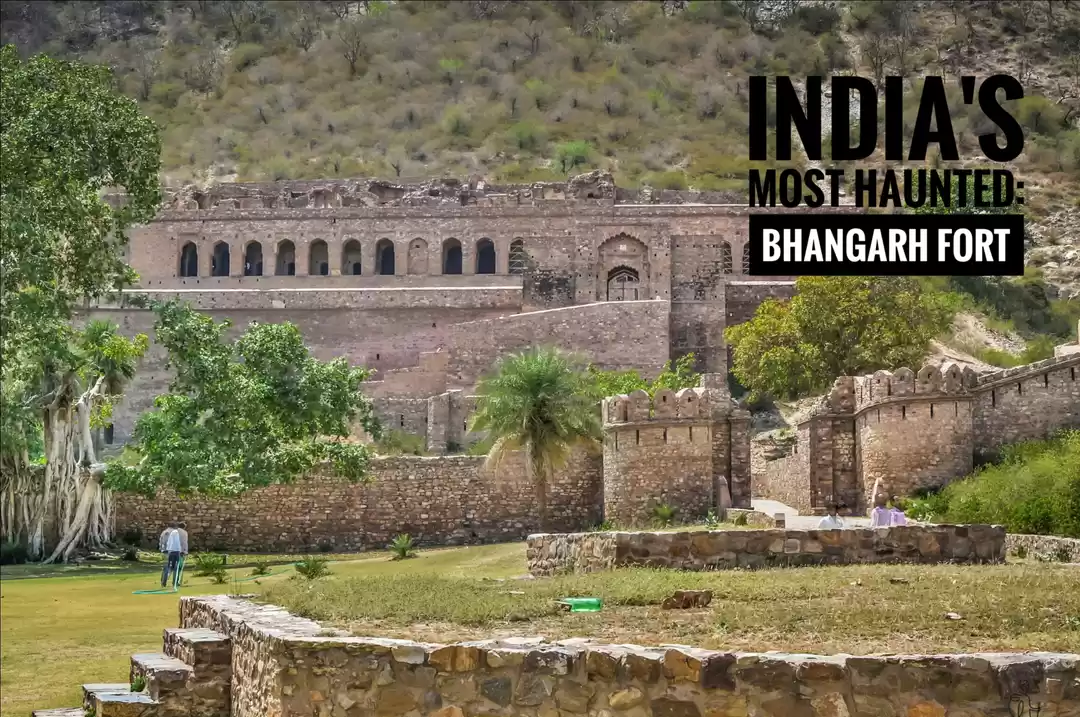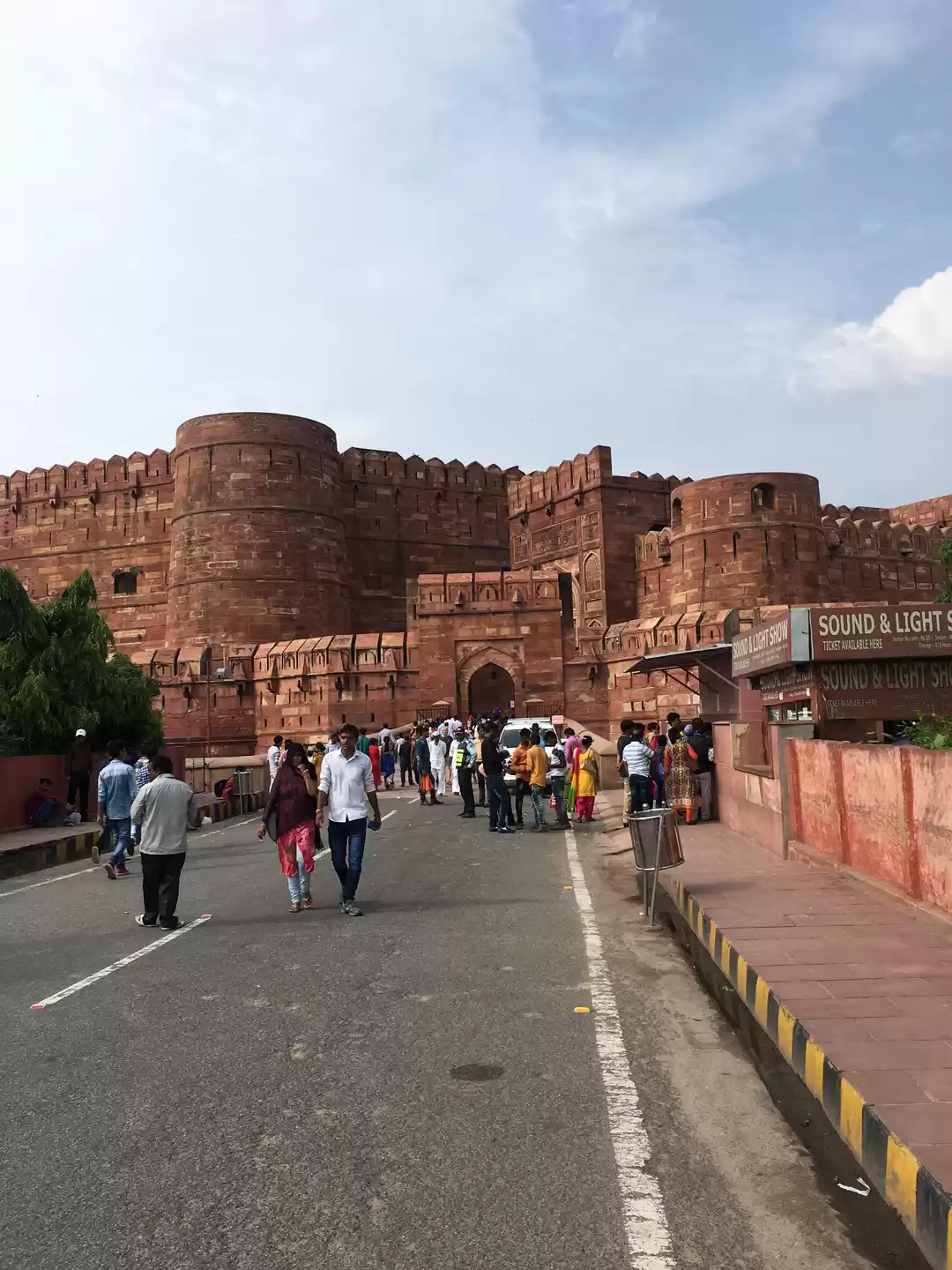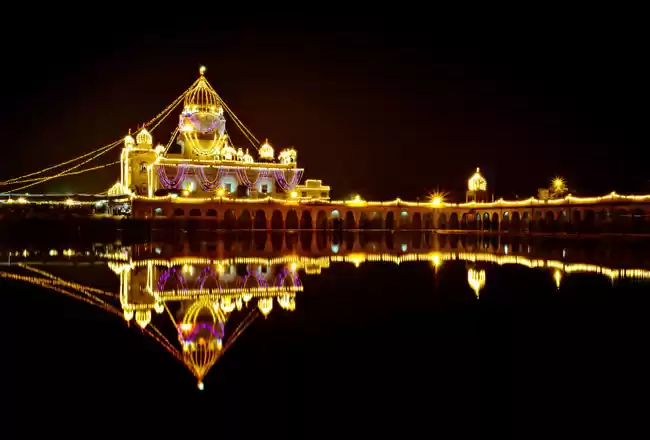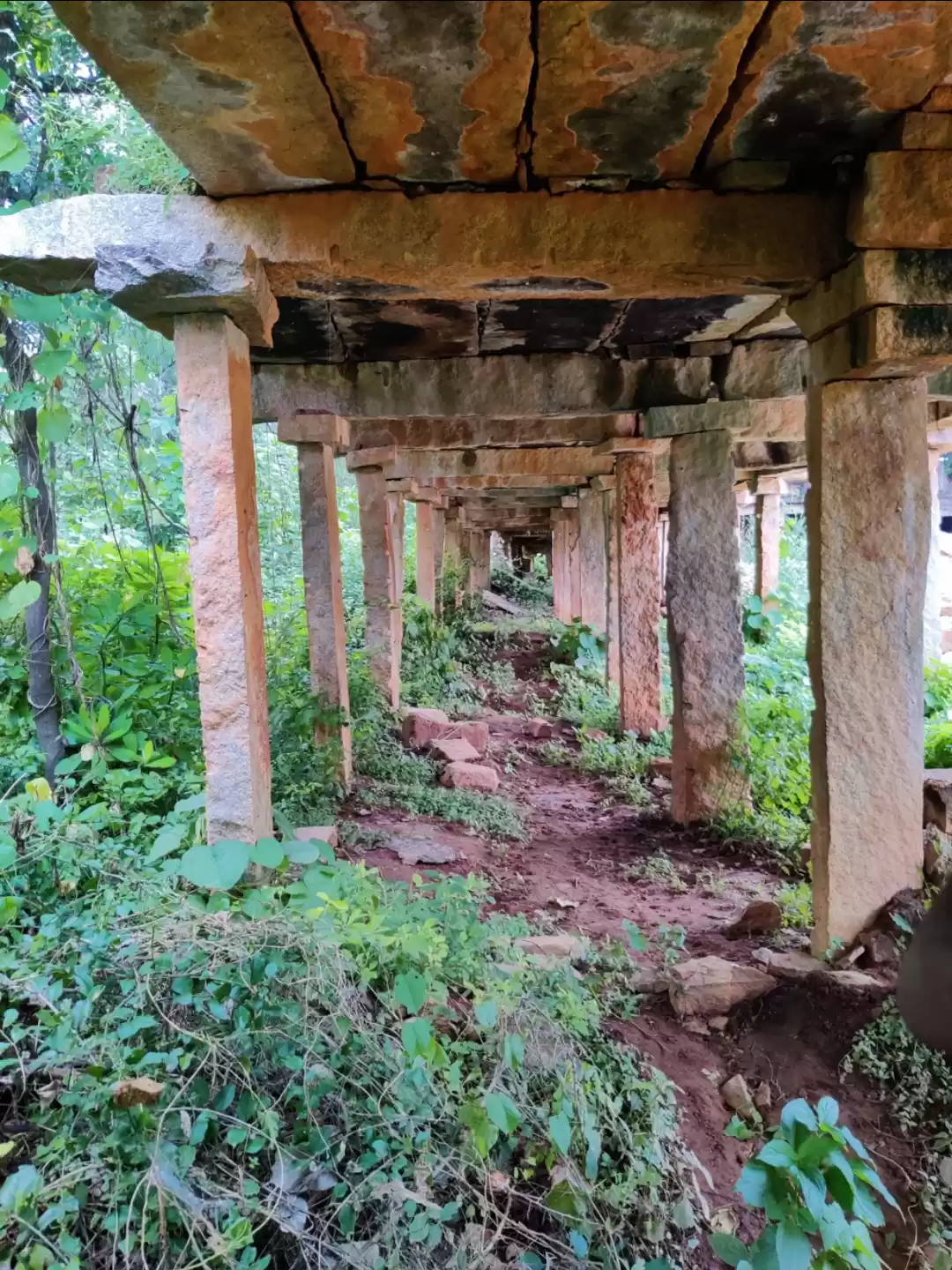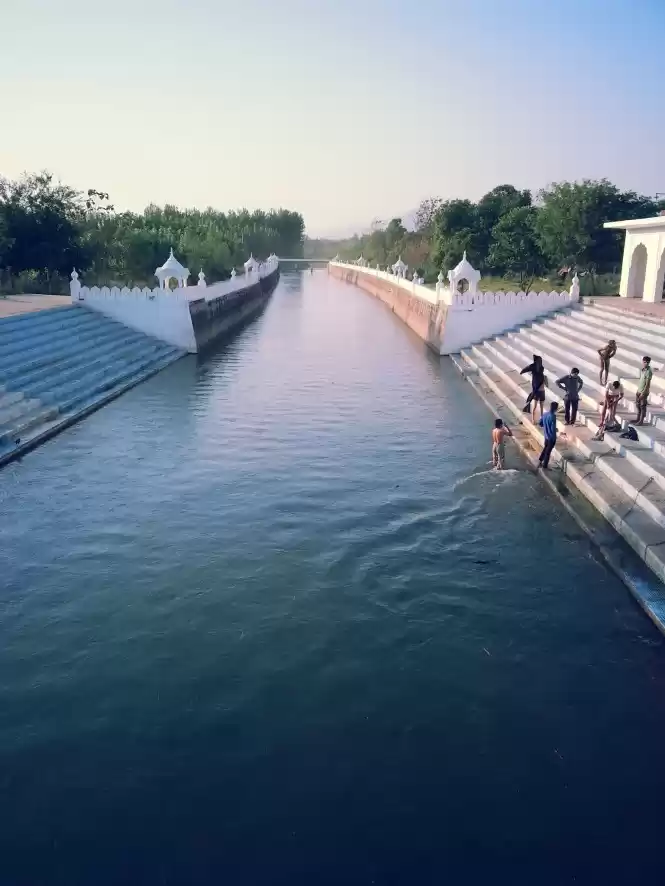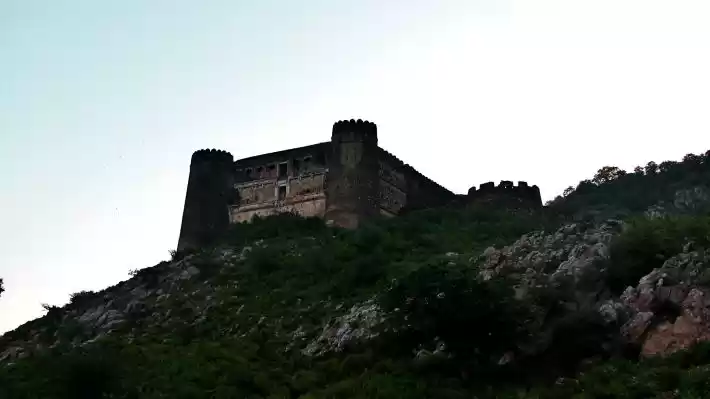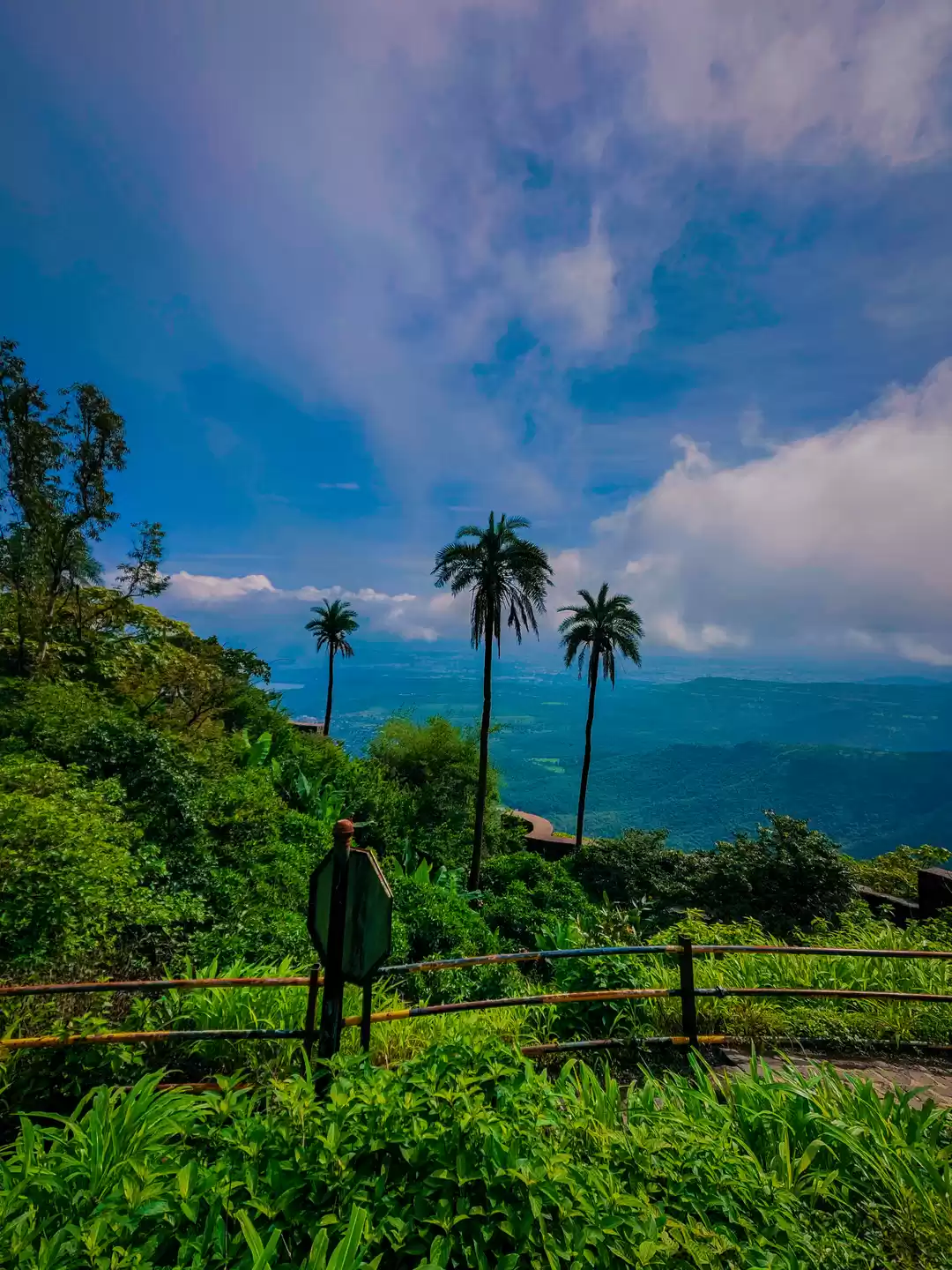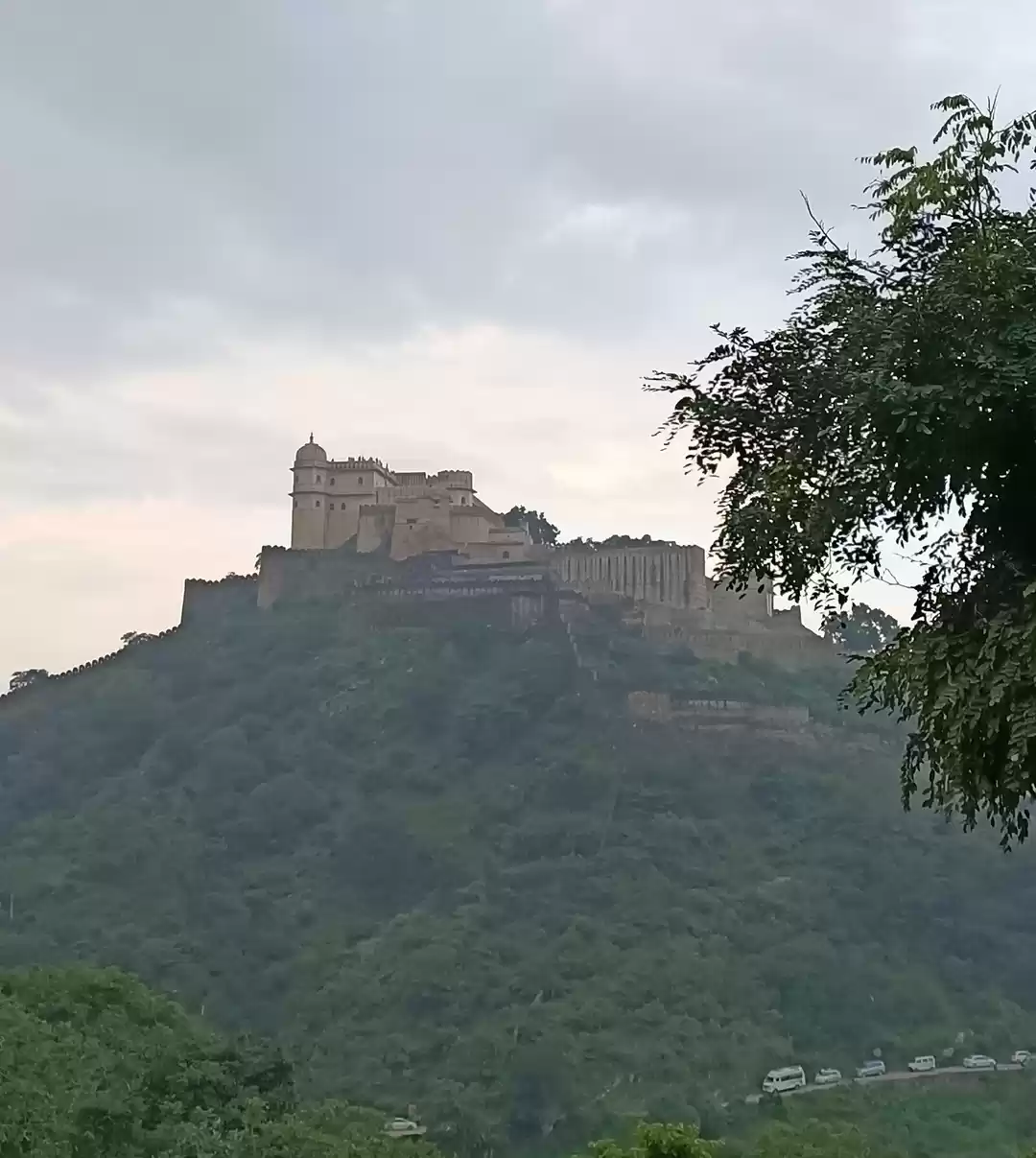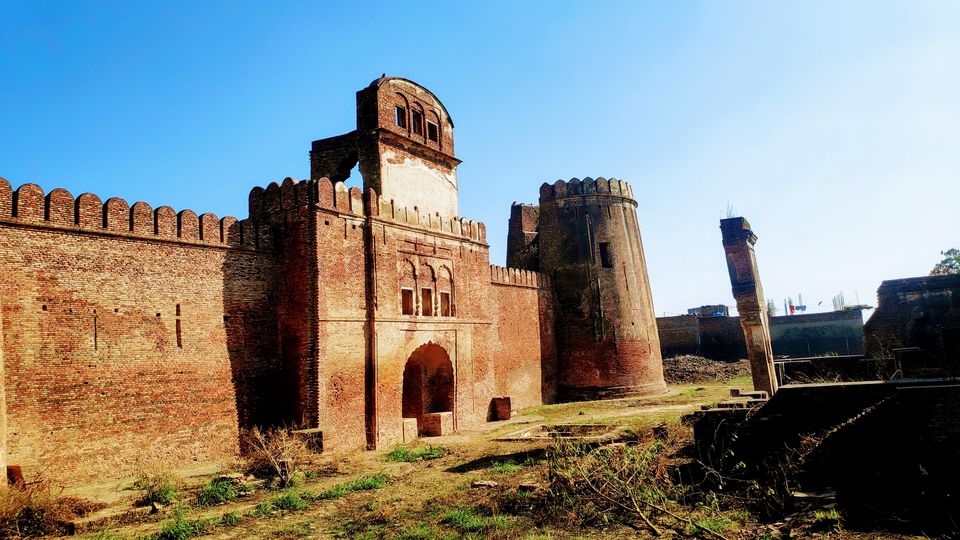
A fort built in the medieval era that lost all of its beauty over all these years, a fort that witnessed the wars between Baba Banda Singh Bahadur and the mughals and became a part of khalsa rule. As we went there to get a closer look at and feel how it feels like to be a part of such a historical landmark, however, we were disappointed to see its present condition. There was a caretaker but it seemed like he was neither interested in his job nor had any interest in taking care of this historic monument. After realizing the reality, we continued to explore this quila itself. Bushy trees and overgrown vegetation covering most of its parts and an old brick wall structure. At first it appears like a perfect location to shoot heritage background, however, by looking at its current condition it seems like nobody is there to maintain this significant structure.
Regardless of our experience we ended up finding its great significance as mentioned below.

Manauli Fort History :
As most of you might be familiar, Guru Gobind Singh organised the Khalsa Panth and being omniscient, his highness along with his followers to Nanded and here he called Madho Bairagi to him. At the age of 15, he became an ascetic and strongly opposed the consumption of meat, while Guru’s followers started preparing meat, Madho Bairagi was drawn to this location in order to punish the person who was doing so but ultimately found himself starstruck by the Guru. Finally, Madho Bairagi was given the blessing of Amrit and became a Khalsa.
Following this, he became the military commander and fought for the Sikhs. A bleeding fight was battled here between the two gatherings.. Here Khalsa raj was established by defeating the Mughals.
If the information provided by the villagers is accurate then we are looking at a fort that might as well be 300-400 years old.
Several local testaments reveal that the fort was built sometime in the 17th Century by a certain Mughal ruler. After a century, as the Sikh-Muslim hatred came to fruition as a few fights and Misls came to control in the province of Punjab, Nawab Kapoor Singh of the Singhpuria took over the fort from the Mughals and even encouraged other Sikhs to settle in the region.
About Manuali fort Structure
Rounded towers stand at each of the four corners of the fort that stand about 35 feet high with pointed barriers at the top. Each wall has a unique and holes that was strategically placed for the rifles to peek through and shoot the approaching enemy from the inside. On the western end of the fort there is a main gateway and a separate enclosure for women. Opposite to this gateway, remains of a mosque can be found.
On the south-eastern corner there is a mazaar. On Thursdays, candles are lit there by locals.

Walls and Bricks
The fort is made up of Sirhindi bricks which are specialized types that were quite famous in the past and more likely the standard bricks during those times. Also, the fort is elevated from the rest of the village by at least 20 feet.
Anybody approaching the fort could be easily spotted and arrangements could be made for defences.
Location
It is about 11 Kms from Chandigarh in the center of a tiny hamlet of Punjab, stands this fort. Expressing anger and grief at how little the authorities have done to ensure the sustainability of the structure that is such an important part of their heritage.
Owners :
A brave soldier was given this fort and the surrounding land as a token of recognition for his services in the armed forces and his name was Sardar Kapoor Singh and to this day the fort remains in the possession of his descendants.
The present owners of the fort, the descendants of Sardar Kapoor Singh, one of the brave soldiers who defended the fort from Mughals, other than that, no historic facts are available for this fort. While the present family sold most of the land surrounding it they are dearly holding onto the fort itself and plan to renovate it and convert it into a heritage site.

Current state:
The Punjab government proclaimed it as a secured landmark in 2001 and the stronghold went under the aegis of Directorate of Social Undertakings Paleontology and Files Gallery Punjab in 2009.
While it was declared as a protected monument almost two decades ago, no serious efforts to restore it have been done by the government as the monument is not much protected.
Uncovering the real buried history of the fort could be a unique project.
Unfortunately, being neglected has led to various weeds and trees growing inside the fort itself, broken and completely dried water fountains engulfed by wild growth of weeds.
On further research we didn’t find any crucial paper or links except two to three articles, if you are reading this and know something which we left out please let us know. As we would be happy to connect to know its historical significance and secrets which it is holding since ages.












